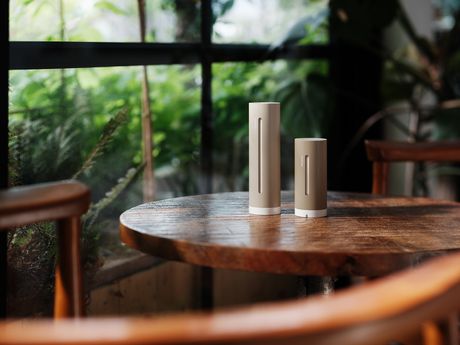
Netatmo dévoile la nouvelle Station Météo ORIGINAL
En France, la réglementation incendie prévoit des dispositifs de sécurité pour chaque type d’établissements : habitation, entreprise, ERP... Système de sécurité incendie, norme de fabrication d’alarme incendie, organisation de l’évacuation des locaux, protection des biens et des personnes : quels sont les grands points à respecter pour se conformer à la norme incendie ?

Un petit zoom vocabulaire pour commencer ! Dans le langage commun, norme incendie et réglementation incendie sont comprises de la même façon : un ensemble de dispositions obligatoires visant à minimiser les risques incendie et à assurer la sécurité de tous.
Il existe pourtant une nuance ! La réglementation, ce sont les textes de loi contraignants émis par les pouvoirs publics.
La norme, c’est plutôt un ensemble de critères de qualité et de sécurité qui permettent de déterminer l’efficacité d’un bien ou d’un service. Et donc de respecter la réglementation !
Voici un exemple.
Il existe une norme européenne de classification des matériaux en fonction de leur résistance au feu. Cette norme permet de repérer quels matériaux choisir pour la construction d’un ERP (établissement recevant du public) en France par exemple. Et ainsi de respecter la réglementation incendie française en matière de conception des établissements de ce type.
Nous voilà dans le cœur du sujet.
Impulsée par la réglementation incendie, la norme incendie communément admise consiste à :
Un autre exemple concret !
Depuis 2015, la loi (la réglementation incendie donc !) impose par sécurité l’installation d’au moins un détecteur de fumée (DAAF) dans les logements. Ces détecteurs repèrent la présence de fumée et déclenchent alors une alarme sonore.
Oui, mais quel type de détecteurs installer ? C’est là qu’intervient la norme. Les détecteurs de fumée doivent être conformes à la norme européenne de sécurité incendie NF EN 14604.
Encore une autre nuance ! La réglementation incendie exige la mise aux normes des établissements spécifiques sous peine de fermeture : établissements recevant du public (ERP), immeubles de grande hauteur (IGH), établissements soumis au Code du travail, installations classées pour la protection de l’environnement (ICPE). Cette mise aux normes englobe généralement l’accessibilité au bâtiment et sa sécurité incendie.
La réglementation incendie classe les ERP par catégorie, en fonction de leur usage et de la capacité d’accueil du public dans l’établissement. Chaque type d’ERP doit alors se conformer à une réglementation incendie adaptée : conception du bâtiment, dispositifs d’alarme, système de sécurité incendie, plan d’évacuation, secours et formation incendie.
Norme incendie ou réglementation, l’objectif reste donc le même : assurer la protection et la sécurité de tous au quotidien !